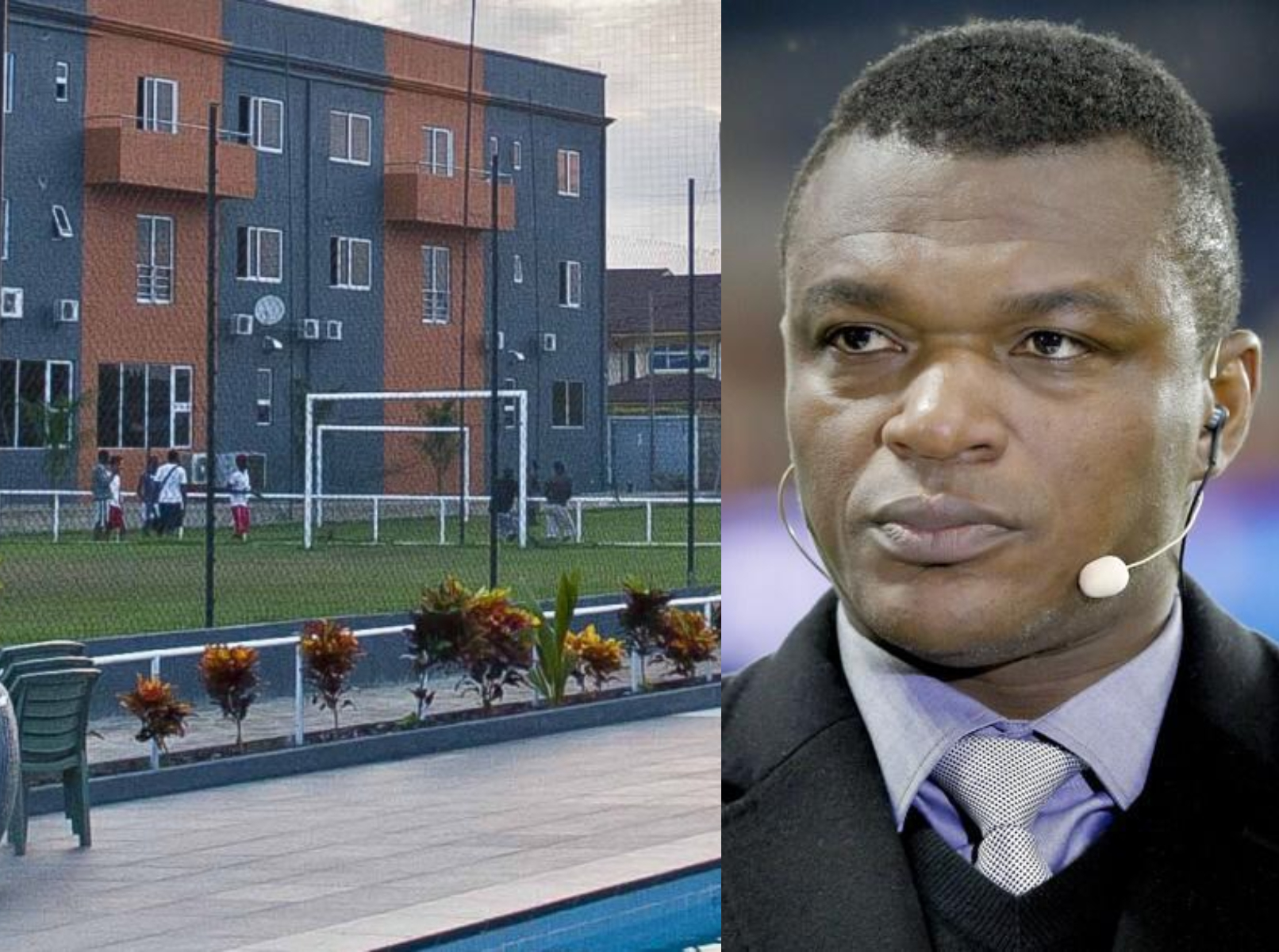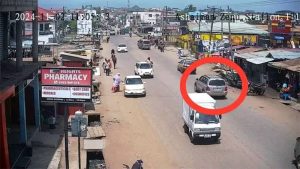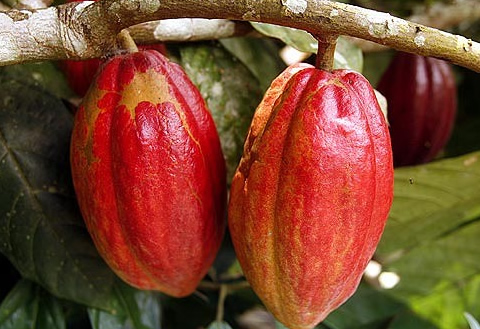
… as GHA calls for urgent measures
The Head of the Coastal Engineering Division of the Ghana Hydrological Authority (GHA), Ing. Yiadom Boakye Akoto, has attributed the increasing nature of high sea level and coastal erosion to climate change.
Over recent years, the country has had a series of coastal erosions along the coast, especially at hotspots where the devastating nature has caused lots of distraction to lives and properties, affecting the economy and fishing activities of fishermen.
Speaking on the Eye on Port program with Kennedy Mornah on Metro TV, Ing. Boakye revealed that currently two-thirds within the 370 kilometres of Ghana’s coastline are under stress and need urgent attention.
“Two-thirds of our coastline is currently under stress, and this is a challenge that has come to stay with us; however, the Authority has undertaken some protection works,’’ he said.
Ghana’s total coastline is approximately 5,500 kilometres, and in the last decade, 80% of the coastline has been protected to safeguard it from threats from sea erosion.
Ing. Yiadom hinted that coastal erosion threats are usually natural and manmade; hence, sand winning is one of the major causes with dire negative impact on coastal communities.
“Daily winning of the sand at the shore fights the natural cause of the protection of the coast because the beach is protected by the sand. Having enough sediment along the shore gives the right slope for the wave to break calmly, and the absence of the sand also takes the land,” he said.
Ing. Boakye also stressed the need for effective collaboration among stakeholders in addressing the challenges and curbing the menace. He called for increased funding for investment in coastal protection as it is paramount, adding that protecting a kilometre of a coastal stretch is expensive.
The western wave experiences low energy and becomes high as it moves towards the eastern side, he noted.
“Places like Aboadze, Shama, and Anlo and the coastal stretch from Winneba in the Central region, Mumford, and places in the Greater Accra like Kokrobite, Dansoman, Tema Newtown, La, Regional Maritime University, and Ningo Prampram and the eastern stretch from the Lower Volta delta to Aflao are all in critical areas falling within the 370 kilo meters,” he revealed.
Along the shores, we have diverse fishing communities, and the input of fishermen through stakeholder engagement also influences the decision of the Ghana Hydrological Authority in undertaking project designs.
“As it stands, the chance of losing a whole community, holiday resorts, and properties along the coastal area will impose economic hardship on the inhabitants,” he expressed worry.
He explained that increasing public-private partnerships with developers is crucial, as the government can leverage expertise, resources, and funding to implement effective measures.
Ing. Yiadom Boakye Akoto mentioned that the Authority’s intention is to concentrate on protecting the remaining 290 kilometres out of the 370 kilometres of coastline under stress, which need urgent attention, and, therefore, called on local authorities to enact laws to protect the coast.
He also cautioned the public to desist from practices that endanger the coastlines.
The Ghana Hydrological Authority is responsible for the planning, designing, execution, operation, and maintenance of flood control mechanisms, coastal engineering works, drainage improvement works, and operational and applied hydrology in the country.
The Authority has over the years established various hydrological data observation and collection platforms across the country on major rivers and streams.
The post Two-thirds of coastal line under stress appeared first on The Business & Financial Times.
Read Full Story














Facebook
Twitter
Pinterest
Instagram
Google+
YouTube
LinkedIn
RSS